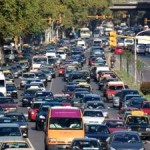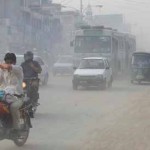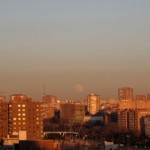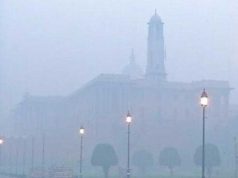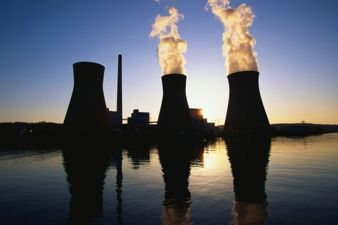 Los Angeles – Scores of old heavy-duty diesel vehicles running on California roads – about a million in total – must clean up their pollution, according to a district court ruling issued on December 20, 2012. The regulation is designed to reduce diesel emissions from aging school and transit buses, dump trucks, and other big rigs servicing California, and will prevent 3,500 premature deaths, according to the Natural Resources Defense Council (NRDC) who intervened in the case.
Los Angeles – Scores of old heavy-duty diesel vehicles running on California roads – about a million in total – must clean up their pollution, according to a district court ruling issued on December 20, 2012. The regulation is designed to reduce diesel emissions from aging school and transit buses, dump trucks, and other big rigs servicing California, and will prevent 3,500 premature deaths, according to the Natural Resources Defense Council (NRDC) who intervened in the case.
Melissa Lin Perrella, Senior Attorney with the Natural Resources Defense Council, said, “Diesel pollution kills thousands of Californians every year. Older diesel trucks and buses have little or no emissions controls. We have the technology to make these large vehicles cleaner for the people riding inside and for those who breathe their exhaust. The court’s ruling ensures that roughly one million diesel vehicles will be retrofitted and cleaned up, to the benefit of every Californian’s lungs.”
Background
On December 12, 2008, the California Air Resources Board (CARB) approved the Truck and Bus Rule to significantly reduce particulate matter (PM) and oxides of nitrogen (NOx) emissions from existing diesel vehicles operating in California. CARB amended the rule in September 2011 in response to the economic recession and to ease compliance costs for affected industries.
The regulation began phase-in on January 1, 2012, and will reduce emissions from aging diesel trucks and buses that operate in California by requiring exhaust and vehicle retrofits and accelerated vehicle turnover. The end result is that cleaner, less polluting vehicles will operate on California’s roadways. By 2014, most trucks operating in California will have a PM filter, and by 2023, all trucks operating in California will meet 2010 model year emissions standards. The rule applies to nearly one million diesel trucks and buses, and to a number of industry sectors, including construction, for-hire transportation, manufacturing, retail and wholesale trade, vehicle leasing and rental, bus lines, and agriculture.
Aging diesel truck and bus fleets are the largest source of diesel pollution in California. Diesel particulate matter, which is a component of PM2.5 (or soot), poses a significant health concern throughout California. Exposure to diesel PM is associated with increased incidences of asthma, cardiovascular disease, cancer, and premature death. The EPA estimates that up to 80,000 premature deaths that occur each year in the U.S. are related to PM2.5. Approximately, 10,000 of these deaths are estimated to occur in California. Reducing emissions from trucks and buses is necessary to meet federal clean air standards and protect public health.
In February 2011, the California Dump Truck Owners Association (CDTOA or sometimes called California Construction Trucking Association) challenged the Truck and Bus Rule in federal district court, arguing that the rule was preempted by the Federal Aviation Administration Act, which prevents states from adopting regulations that significantly affect the “prices, routes, or services” of “motor carriers”.
During the course of the lawsuit, EPA approved the Truck and Bus Rule as part of California’s plan to meet federal air quality standards. On December 20, 2012, the court dismissed CDTOA’s lawsuit, finding that CDTOA’s legal challenge implicates the correctness of EPA’s approval of the Truck and Bus Rule, and that under the federal Clean Air Act only the Court of Appeals can hear such cases. The court went on to hold, as an alternative basis for dismissing the case, that EPA was a “necessary and indispensable” party to the district court action.
Source: NRDC.
The Natural Resources Defense Council (NRDC) is an international non-profit environmental organization with more than 1.3 million members and online activists. Since 1970, their lawyers, scientists, and other environmental specialists have worked to protect the world’s natural resources, public health, and the environment. NRDC has offices in New York City, Washington, D.C., Los Angeles, San Francisco, Chicago, Livingston, Montana, and Beijing. For more information, visit www.nrdc.org.





